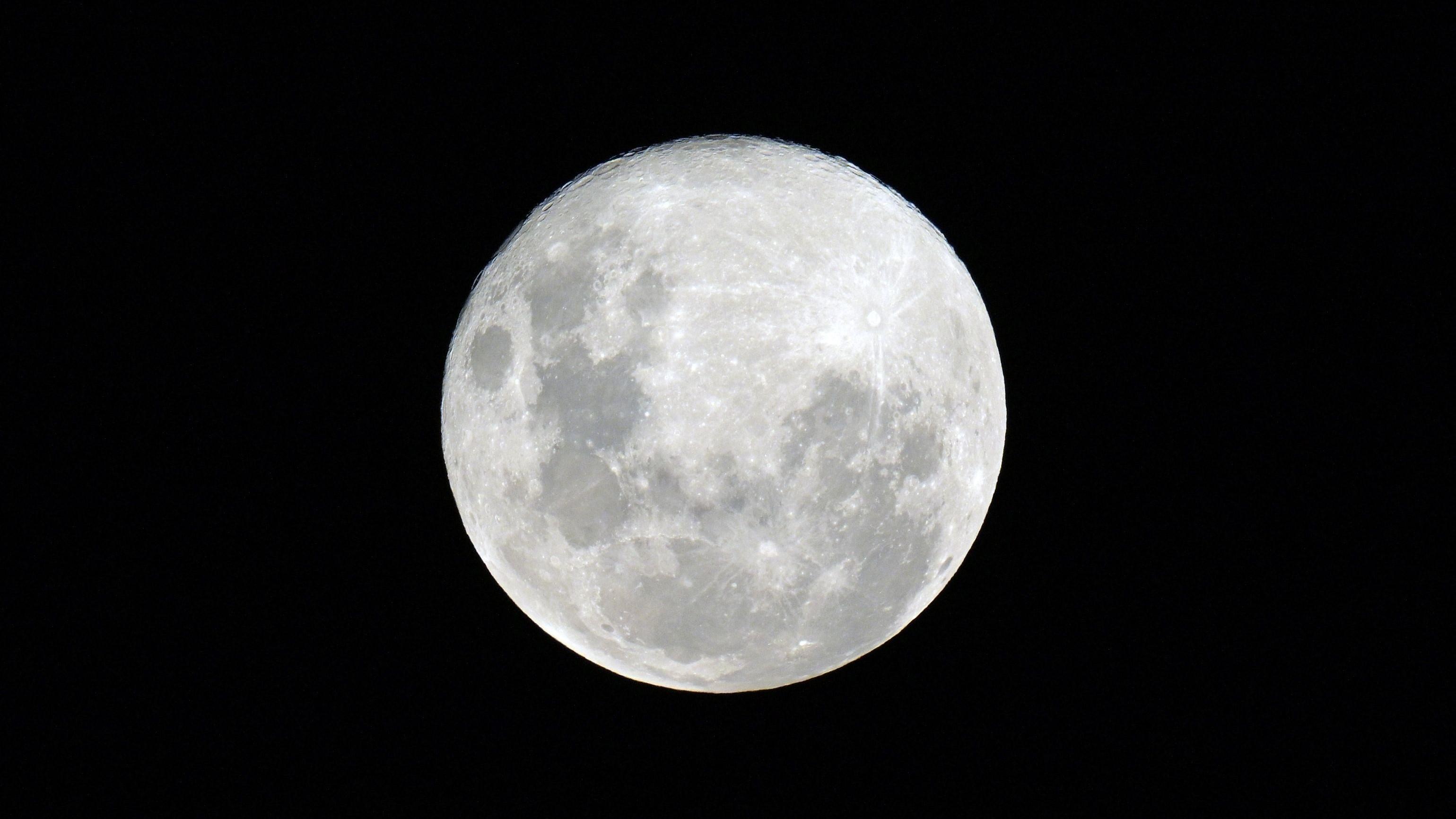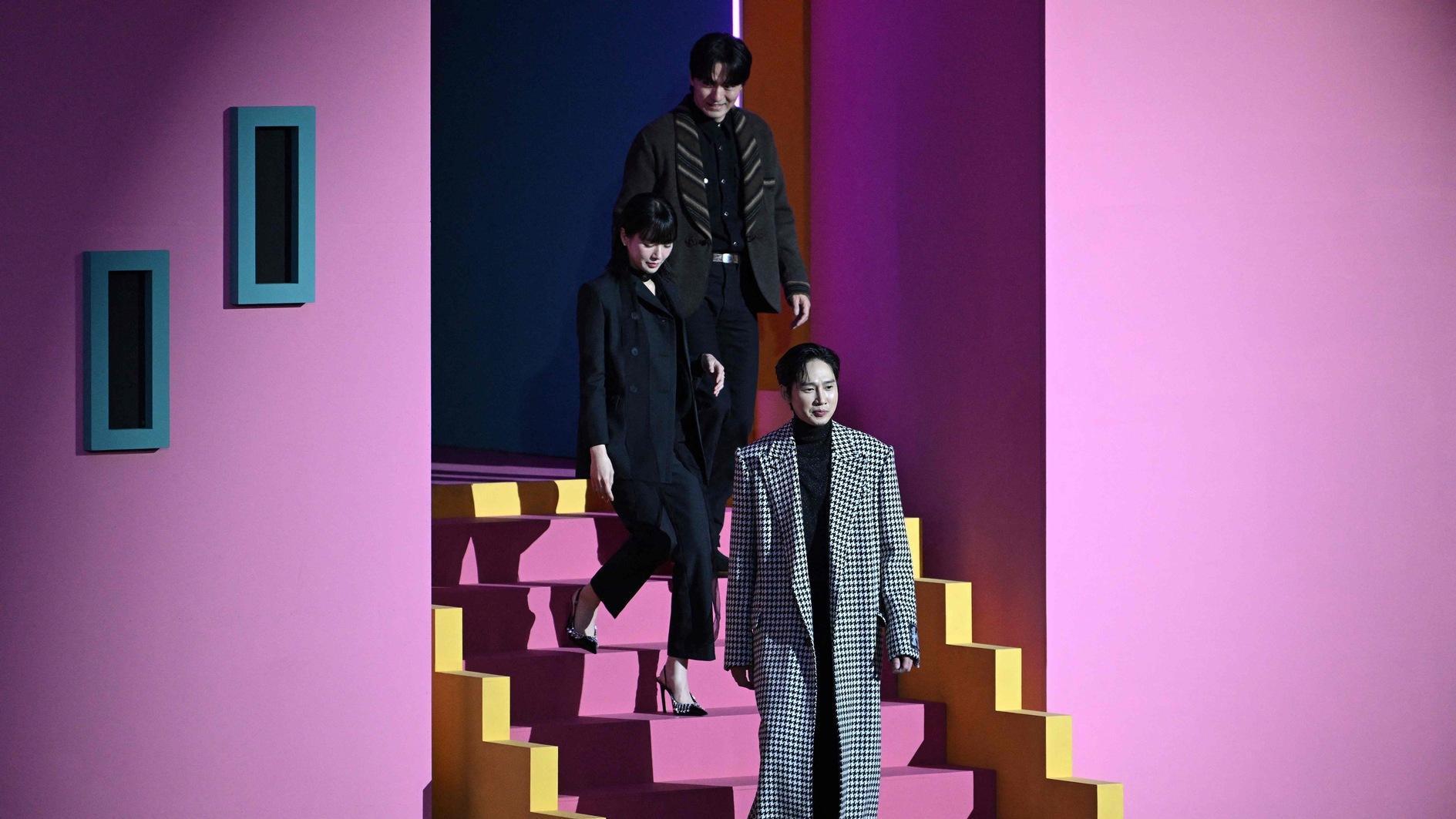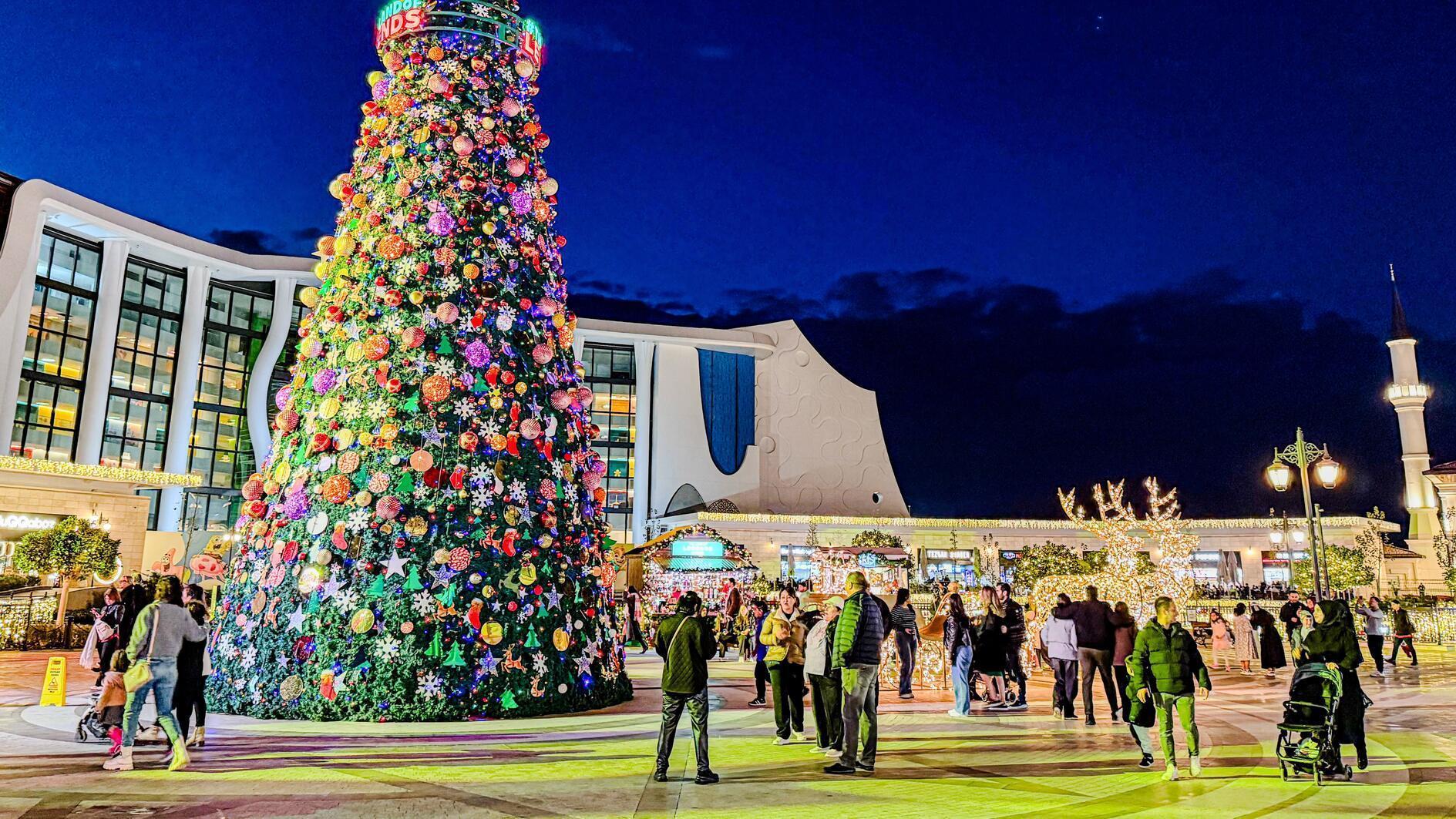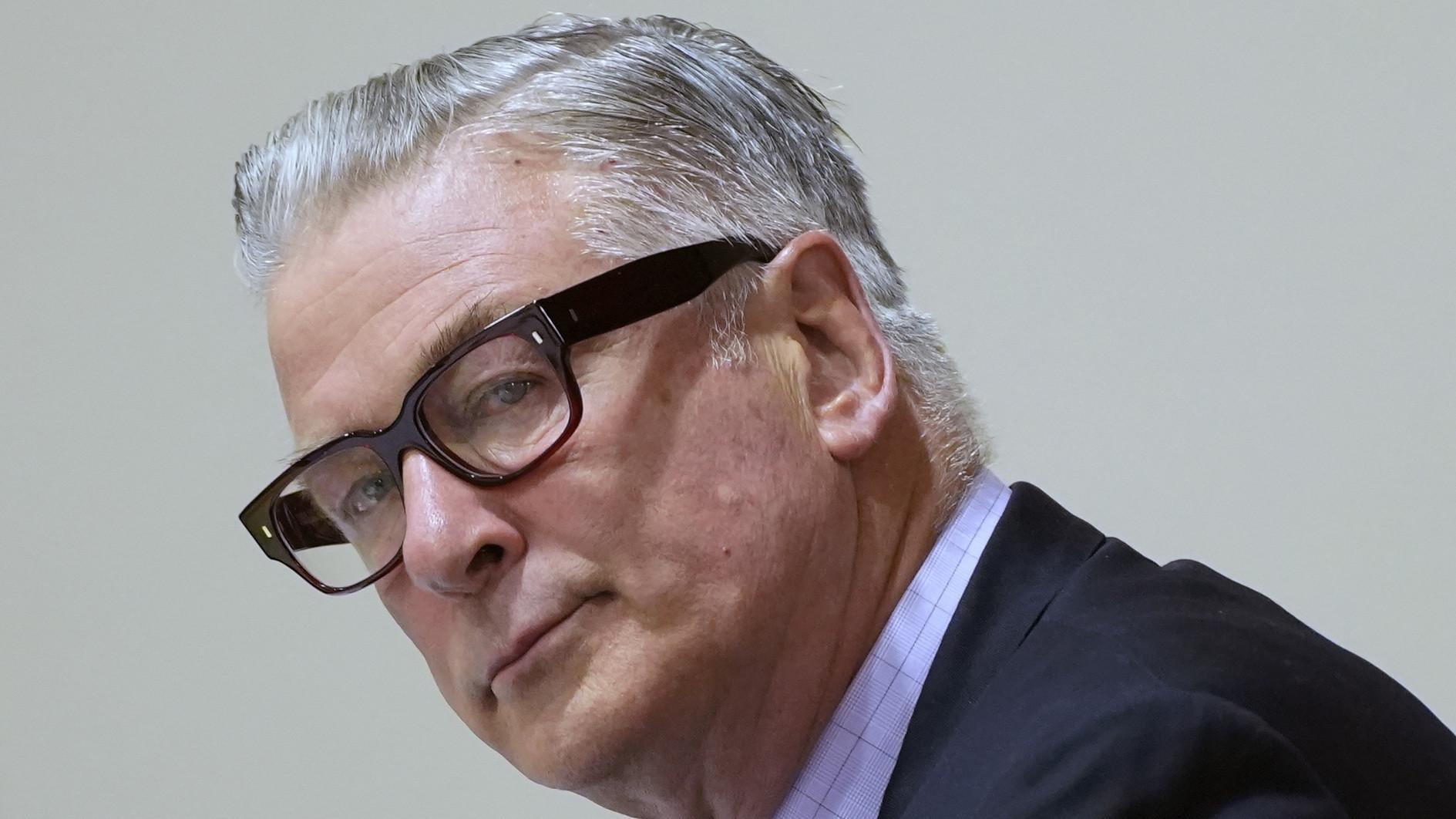Kütahya's Seyitömer artifacts move to museum for display
KÜTAHYA- Anadolu Agency
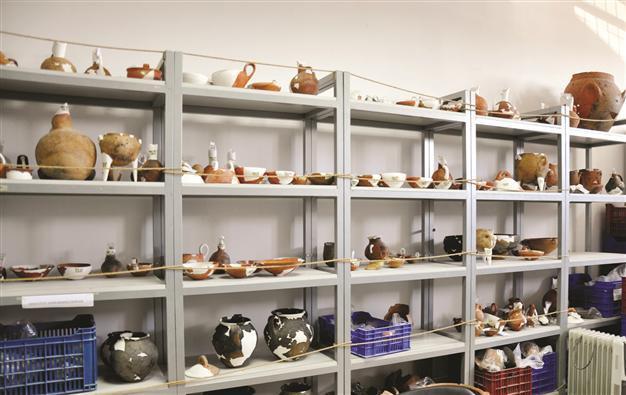
Professor Nejat Bilgen is the head of the excavations that have been carried out in Seyitömer site for eight years. AA photos
The historic artifacts unearthed during the excavations at the Seyitömer site in the Aegean province of Kütahya, have filled the storage rooms of the Archeological Museum and some are now preserved in the city’s Kossuth Museum.More than 17,000 artifacts have been unearthed over the last eight years during the excavations in the Seyitömer tumulus. The artifacts have been sent to the Kossuth Museum Department for exhibition.
Seyitömer tumulus, which is 26 kilometers away from the city center, is in the privileged area of the Seyitömer Lignite Enterprising (SLI) connected to the Turkish Charcoal Enterprises (TKI) General Management.
Rescues excavations in the tumulus started in 1989 under the Eskişehir Museum Directorate to bring 12 million tons of brown coal to the economy. In accordance with a protocol between TKI and Dumlupınar University (DPU), the excavations have been continuing every six months since 2006, under the leadership of the head of DPU Archaeology Department Professor Nejat Bilgen.
Excavations were set to finish in six years, according to the protocol, but were extended for three more years in 2011 because of the presence of so many artifacts in the area. Archaeologists and students are working in the area every year between June and November. They spend the other months of the year in a laboratory at the university working on the restoration of the artifacts.
A total of 17,292 pots and metal and wooden artifacts, which have been found in the tumulus in the last eight years, have been delivered to the Kütahya Archaeology Museum. Out of these works, 10,532 have been restored in the laboratory and recreated. Another 6,760 works were directly sent to the museum for display.
As the artworks filled the storage rooms of the Kütahya Archeology Museum, some of them have been sent to the Kossuth Museum for preservation.
Restored artworks
The head of the excavations, Bilgen said that they had unearthed lots of artifacts from the tumulus. He said that as the storage rooms of a museum had become full, they had started using the storage room of another museum.
“In the winter season, during which excavations were halted, the restoration of 465 works was completed and sent to the Kütahya Archaeology Museum two months ago. Later on, works continued and 200 more artifacts were sent to this museum.


